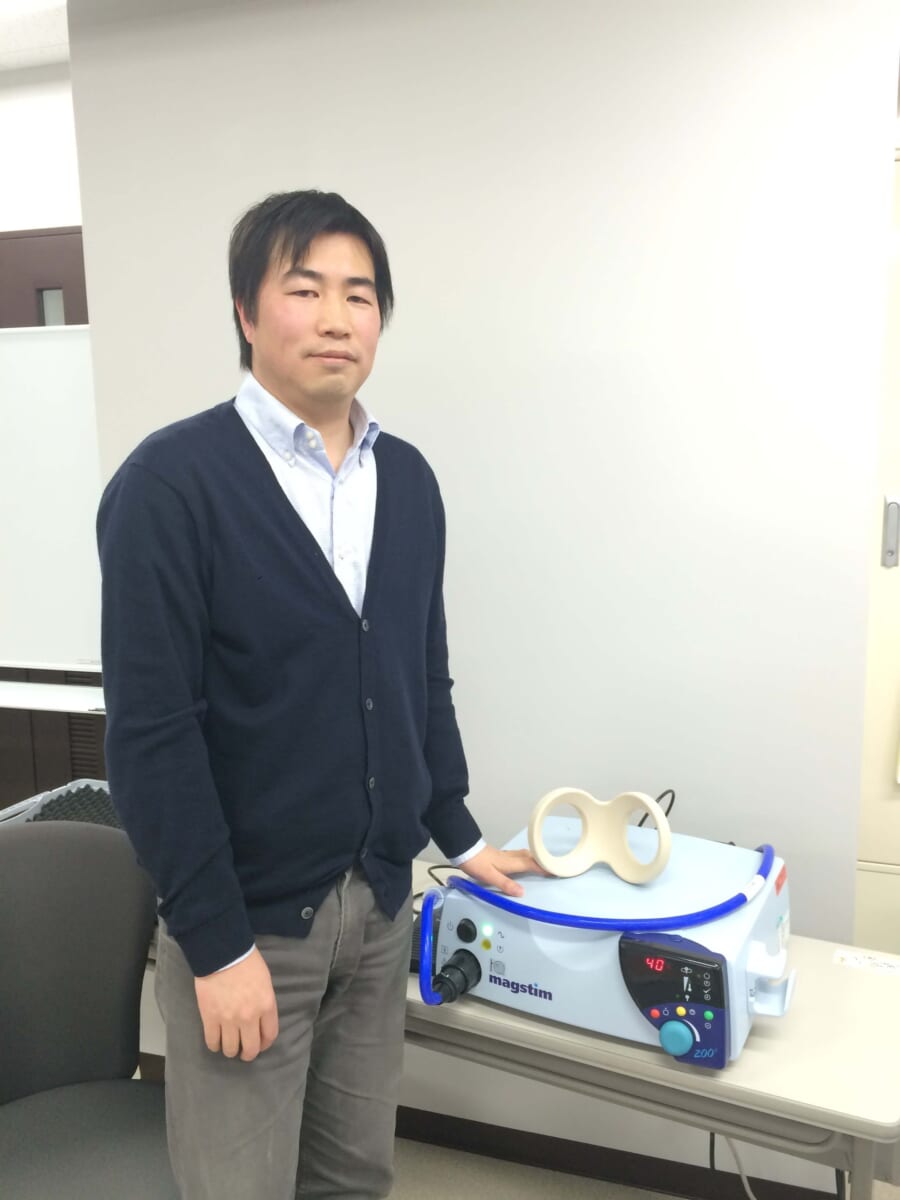Neurophysiological study about learning mechanism of human body movement

Background: Dr. Kiyotaka Kamibayashi, an Associate Professor at Doshisha University, faculty of health and sports science, Department of health and sports science finished his PhD at Toho University, Graduate School of Medicine on 2005. After 5 years of research at Tsukuba University about feasibility of rehabilitation training with Robot Suit HAL (hybrid assistive limb), now he is an associate professor at Doshisha University. His research interests are motor control, motor learning, rehabilitation and transcranial magnetic stimulation. His latest paper, “Locomotor training using a wearable robot in patients with neurological disorders”, was focused on feasibility using a robotics device for locomotor training. According to the findings of his latest paper, robot training can be performed for a longer duration and can reduce the burden on therapists. HAL is a promising approach for recovery of locomotor functions since the locomotor function of trainees was improved after 16 training sessions with HAL.
Meeting detail:
Venue: Doshisha University, Kyotanabe Campus, Faculty of Health and Sports Science, Banjokan Building, BJ309
Time: 2015/02/17 (Monday) – 13:00 to 14:00
Participants:
Leave a Nest: Dr. Satoshi Nishiyama and Dr. Sanam Bakhshishayan
Doshisha University: Dr. Kiyotaka Kamibayashi
Meeting was carried out to discuss ideas about plasticity (the brain’s ability to CHANGE throughout life) and its possibility after external stimulation. The meeting started by introducing leave a nest and continued by hearing about the research projects of Dr. Kamibayashi. In continuation, the basic idea of development of the device for sending signals from skin to the trigeminal nerve was discussed.
Possible solutions for improvement of the idea were discussed; stimulating the Trigeminal nerve via external device simultaneously with performing some mastication like movements, would increase the effect of the nerve stimulation noticeably.
Related devices in the Market
HAL; A wearable robot developed at a university-launched venture company (Cyberdyne Inc., Ibaraki, Japan). Although after 20 minutes of training with HAL, walking performance (e.g., walking speed and step length) of the wearer's with limited mobility was significantly improved, but after 3 days of not training level of the walking performance gets back to same level as it was before training. In case of healthy person, new walking behavior after 20 minutes of wearing HAL changed to the normal way within 30 seconds.
IVES; An Integrated Volitional control Electrical Stimulator that can be used for upper- or lower-limb rehabilitation of patients with paralysis caused by cerebrovascular diseases or locomotive disabilities. In Power assist mode, by using real-time feedback, electrical stimulation is output in proportion to EMG signal in the body part being treated. The amount of strength exerted can be visually monitored with the muscle action potential indicator lights.
Conclusion: At the end of meeting, the possibility of the proposed idea was approved under following circumstances; continuation of the increased nerve response to the control signal after applying induction stimulation (1.5-2 times bigger than the control signal) is an important concept in the field of rehabilitation and should be considered, respectively. Also it was discussed the device development does not need animal experiment necessarily.
